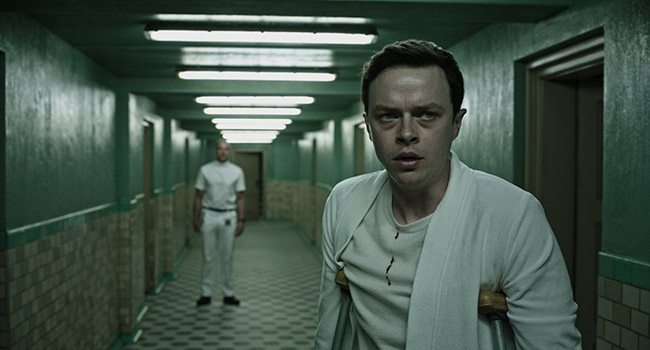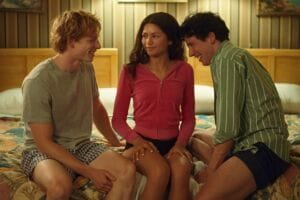“A Cure for Wellness” is difficult to write about. It’s like cataloguing a horrific car crash: do you try to describe it with mere words or tell your friends to see it for themselves? Or — urge them to stay away in fear that the sight will scar them forever?
A car crash is probably the tamest thing in “A Cure for Wellness”. Rarely does pulp this deliciously twisted come from American film: it is a vivid journey into the depths of the grotesque, unbridled by reality and strengthened by vision.
The film is dividing critics, which is understandable. Director Gore Verbinski’s concept for the film is unyielding and demands extreme reaction. He previously helmed the first three “Pirates of the Caribbean” movies, which existed by Disney demand and were based on a theme park ride — with “A Cure for Wellness” Verbinski takes his own demented ideas and contorts them into a roller coaster spiraling straight into hell.

The film follows the ever-somber Dane DeHaan as Lockhart, a young businessman who is already conning his way into corporate success. His company’s CEO Mr. Pembroke vanishes to a secretive hospital in the Swiss Alps, prompting Lockhart’s higher-ups to send him on a retrieval mission, or else they’ll expose Lockhart’s less than legal business dealings.
When Lockhart arrives, he quickly discovers a series of strange happenings: the hospital is actually a ‘wellness center’ run by an inscrutable man named Dr. Volmer (Jason Isaacs), the doctors treat every conceivable illness with water from a nearby aquifer (treatments range from drinking it to complete immersion), and much effort is taken to ensure that Lockhart does not meet Pembroke. A choice circumstance guarantees Lockhart won’t be leaving the wellness center anytime soon.
Oh, and there’s an eerie young girl wandering the grounds. And lots of eels.
“A Cure for Wellness” begins like a psychological thriller, but as Verbinski plays his hand it becomes increasingly evident that his deck of cards is otherworldly in origin. Along with narrative structure and character development, tonal consistency is one of the foundations of great cinema for which filmmakers typically strive. Successfully forgoing any of these three pillars takes a thorough alternate plan.
This movie is not interested in a consistent tone. “A Cure for Wellness” descends from scintillating questions into the indescribably bizarre over its lengthy two and a half hours, but thanks to a methodical and mesmerizing transition, the tonal shift never feels jarring and the film never feels long.
It starts out keeping you on the edge of your seat with mysterious atmosphere and tension — and eventually sends you squirming backwards with disgust and glee. “A Cure for Wellness” slowly peels back a mask to reveal pure, unadulterated pulp entertainment. It’s gross, yet engrossing; stomach churning, but smile inducing.
With a narrative this sprawling, plot holes are inevitable. Parts of the story don’t make sense unless you invent your own explanations, which can add to the fun if you let it. But Verbinski’s overall vision is so strong that it ties even these incongruent elements together, tightly and with a gore soaked bow.
And oh, is the cinematography immaculate. Swiss backdrops and revolting imagery are captured with equally gorgeous gusto. “A Cure for Wellness” makes up for each narrative flaw with ten breathtaking shots. Seldom do beautiful camera work and appalling events come together so perfectly outside of East Asian cinema.
Dane DeHaan is fine, Mia Goth helps him exemplify ‘gothic romance’, and Jason Isaacs is the cast’s unnervingly good standout. He turns the insanity dial up to 11 along with the movie. If you can handle the temporary loss of sanity, “A Cure for Wellness” is the artsy shock you need to take the edge off. Just don’t eat dinner before.
★★★★½ (4.5 out of 5)




